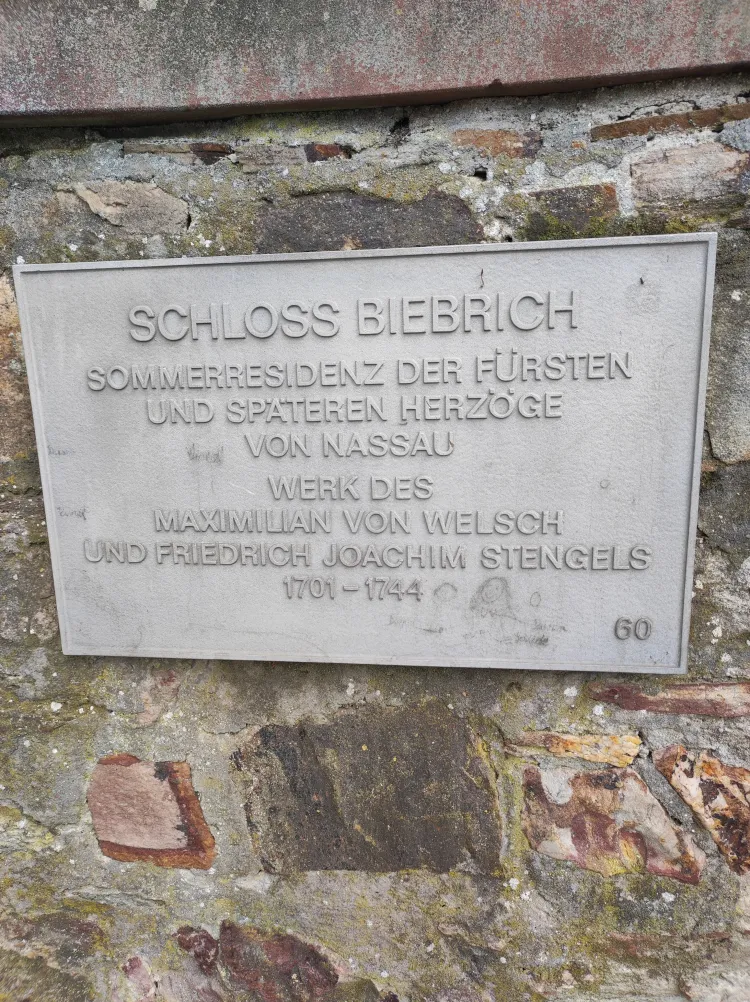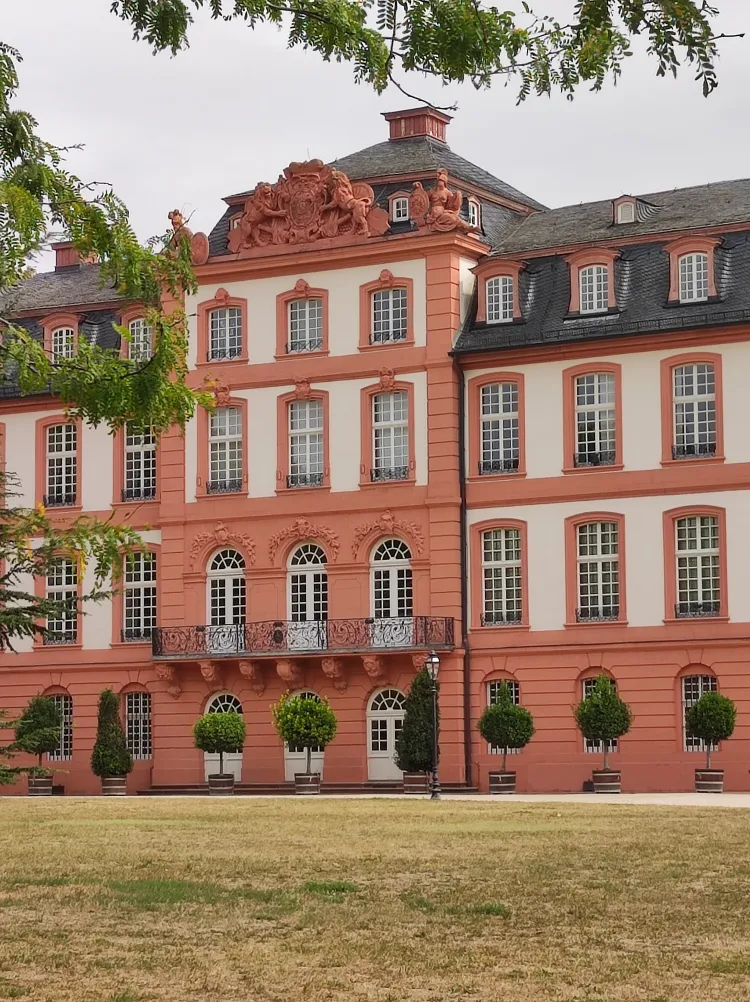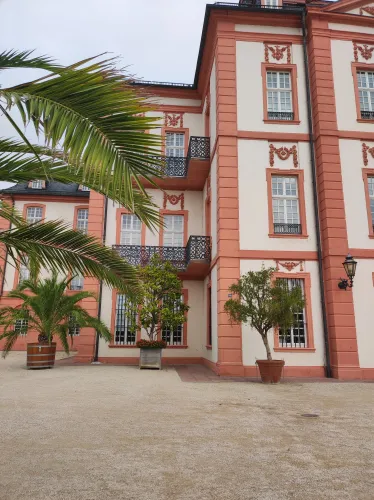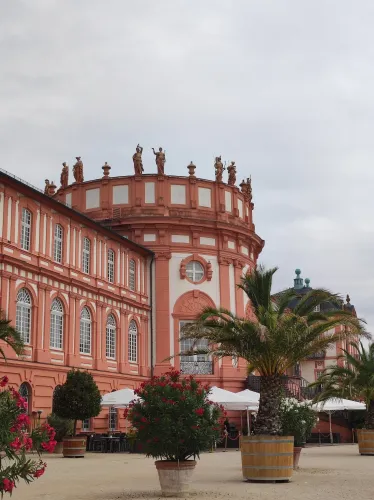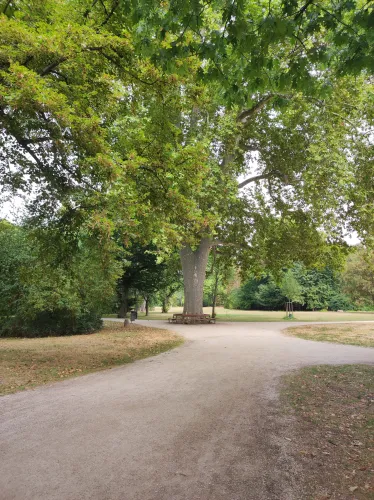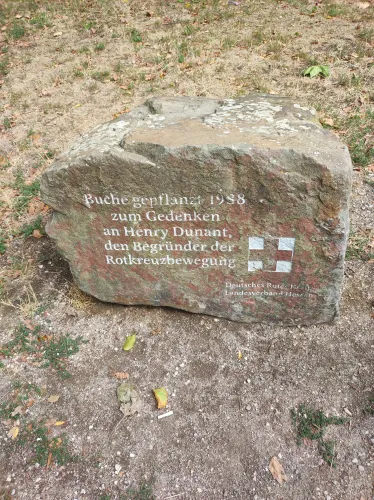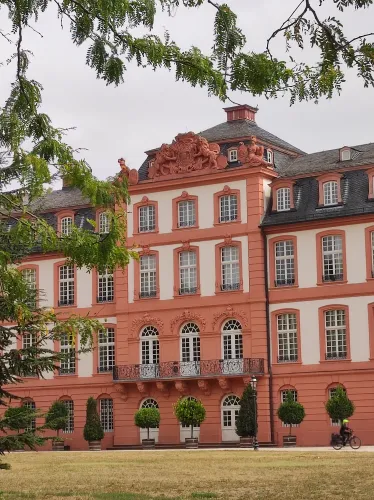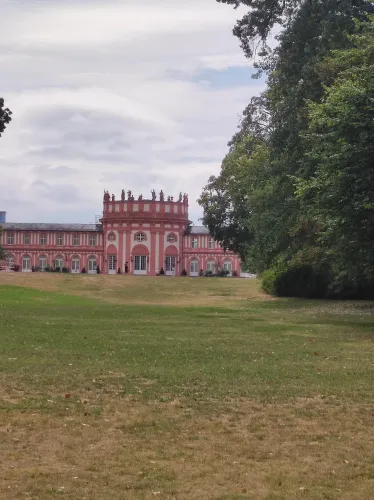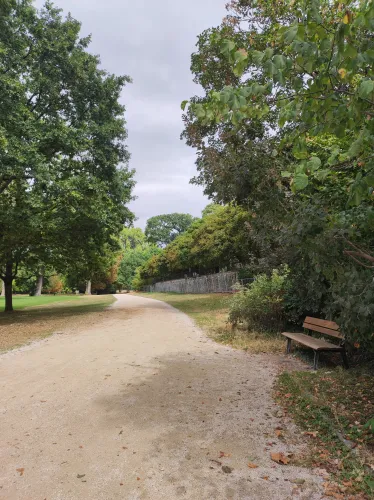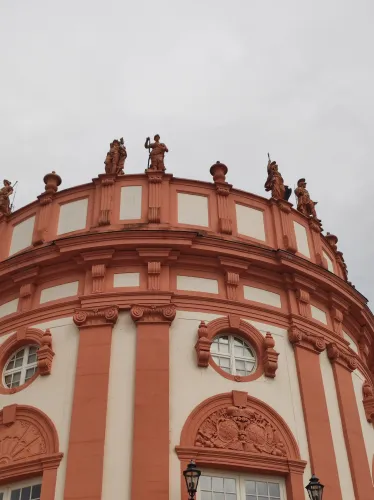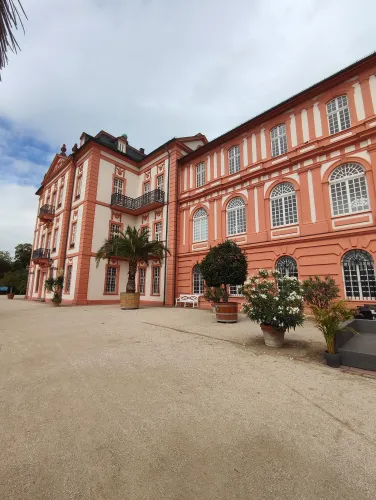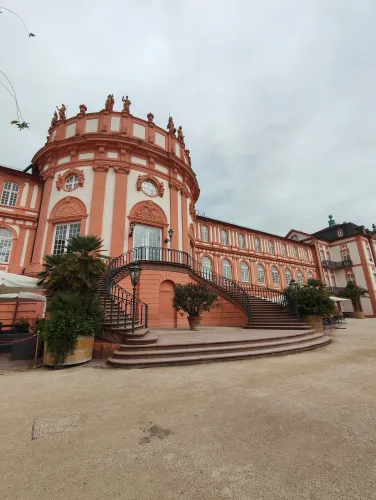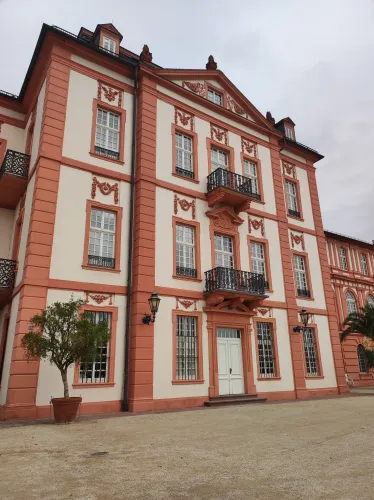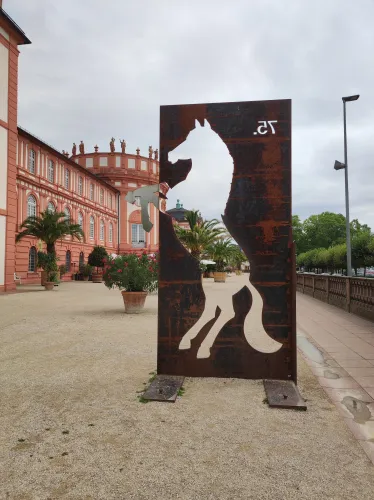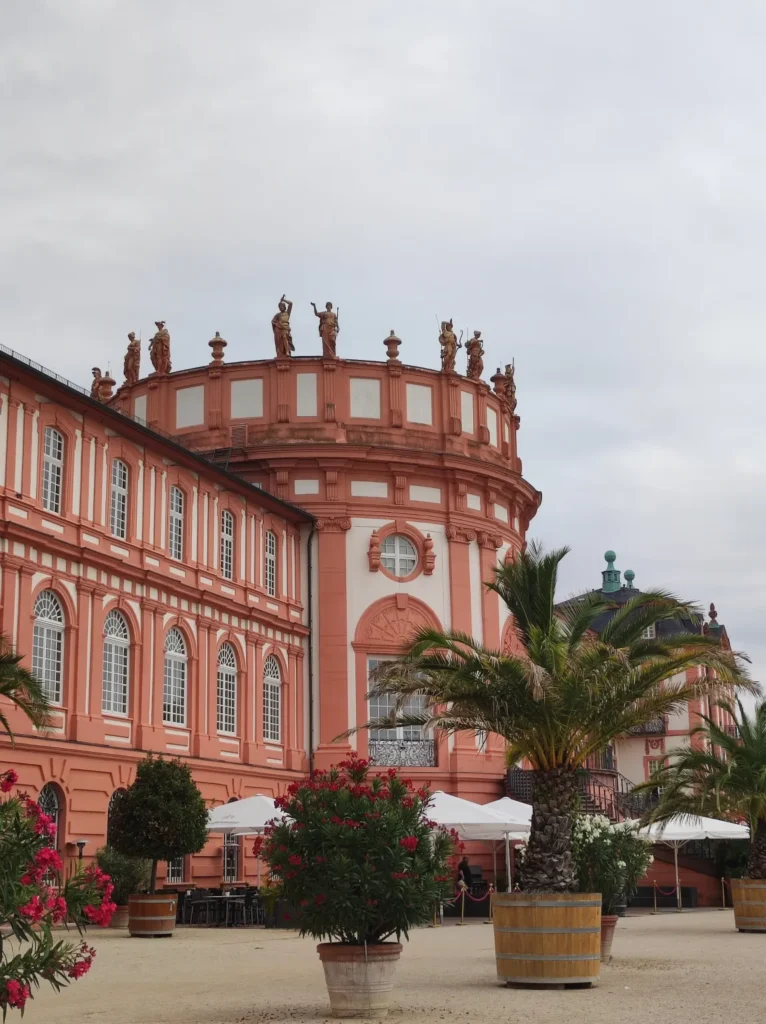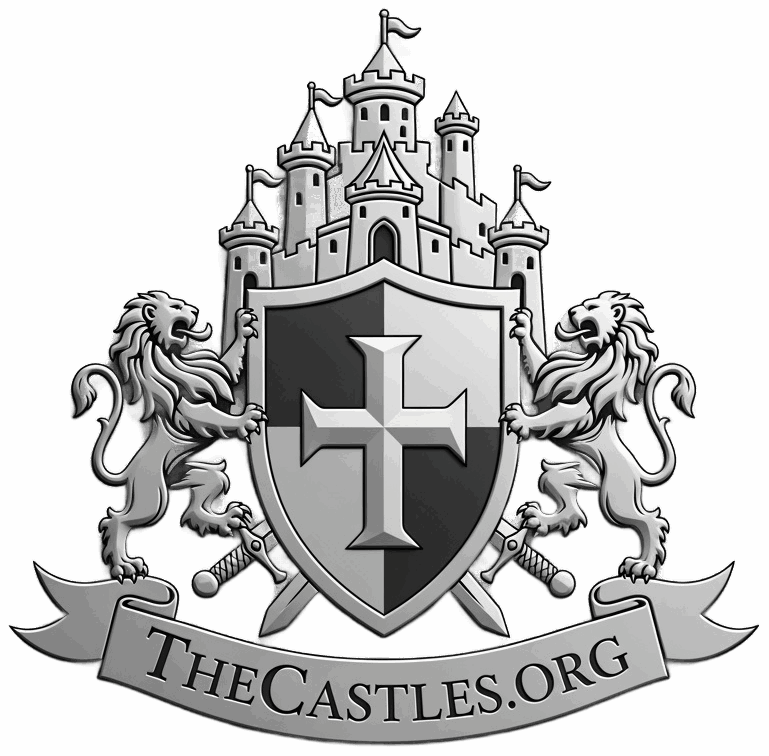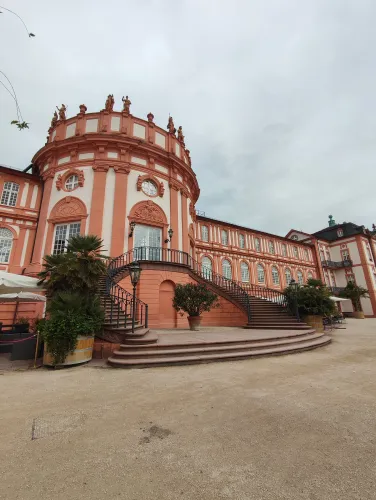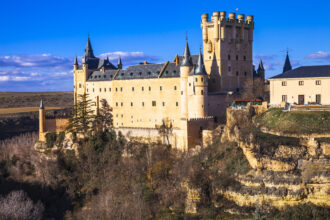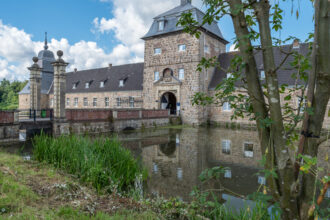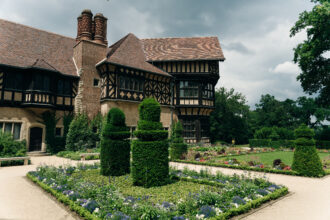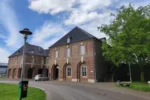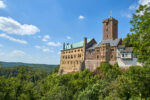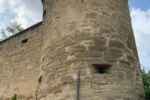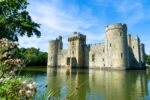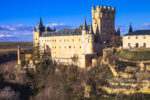One of Germany’s most beautiful Baroque palaces, located directly on the banks of the Rhine, is Biebrich Palace in the district of the same name in Wiesbaden, the capital of Hesse. In 1696, Prince Georg August Samuel of Nassau-Idstein acquired the site and built a garden house there in 1701, which he had converted into a residential palace in 1703. Three years later, an identical palace was built just 100 meters east of the prince’s residential palace for his princess. At the prince’s request, these two palaces were connected by a central rotunda and a gallery wing. After his death, the palace passed into the possession of Prince Karl von Nassau-Usingen, who moved his official residence there in 1744. Under his rule, the legendary Biebricher Allee, Wiesbaden’s present-day boulevard, was also created, serving as a connecting road between the palaces of Usingen and Biebrich. Until 1841, the palace was the main residence of the princes and dukes of Nassau. Today, the palace, which is managed by the State Building and Real Estate Agency of Hesse, serves the Hessian state government for representative purposes. The large open staircase in particular is often used for grand appearances by the state government and also by bridal couples. Adjacent to the palace is the baroque palace garden, which was laid out as a French garden by Maximilian von Welsch around 1720. Between 1817 and 1823, it was redesigned as an English landscape park by the master of the horse, Baron von Dungern, and the court gardener Friedrich Wolz, based on plans by the renowned landscape gardener Friedrich Ludwig von Sckell. The Baroque avenues were integrated into the landscape design. From 1846 onwards, garden director Carl Friedrich Thelemann enriched the park with numerous new plantings and greenhouses. The castle park, which is 1.2 kilometers long and 300 meters wide, with its green meadows and exotic fauna, is a true local recreation area that is home to squirrels as well as green-collared and Alexandrian parakeets, whose chirping can be heard from far away. An old legend about a mysterious hunter surrounds this castle park, through which the Mosbach river flows, with its large fountain, the Dicken Allee avenue of ancient chestnut trees, and the Mosburg castle. The legend tells of a man who once appeared on a November evening in what is now the street by the castle park, at a magnificent house not far from the castle. The man, dressed entirely in green, knocked on the door of a rich farmer’s house, and the farmer’s maid opened the door. Without saying a word, the man entered the farmer’s living room. A short time later, the maid heard them arguing horribly until the farmer shouted, “If that’s true, may the devil take me!” Just at that moment, a storm arose and the hunter disappeared. From that day on, the farmer vanished into thin air. Was the hunter the devil himself, who had taken the farmer away? Since then, no one wanted to live in the house anymore, all the servants disappeared, and the house fell into disrepair. This legend of the mysterious hunter has been passed down from the 18th century.
